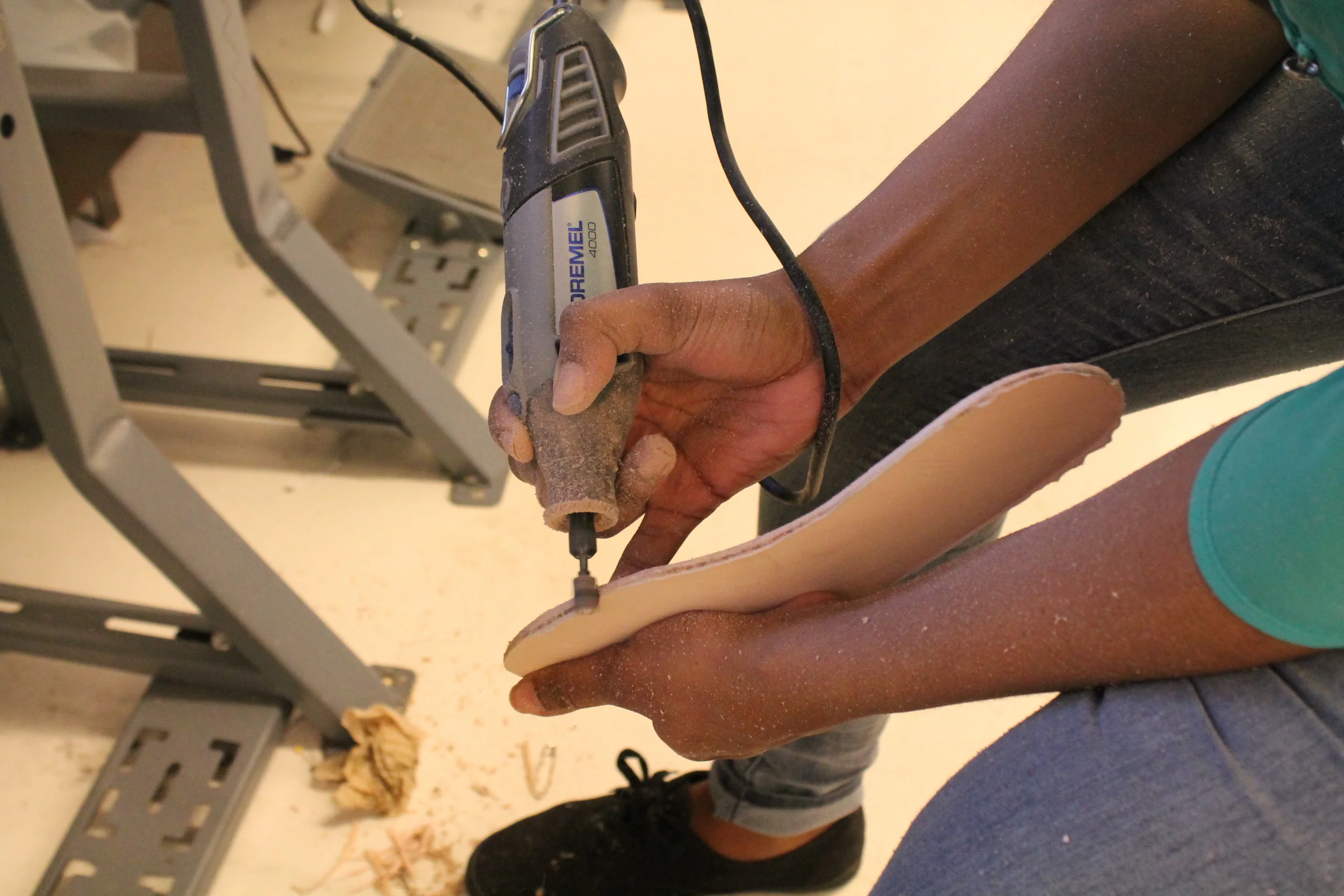Technology in Children's Products: A Double-Edged Sword
In today's swiftly evolving world, technology's embrace has extended into the realm of children's products, bringing with it a kaleidoscope of possibilities and challenges. As parents, educators, and designers, we find ourselves at a crossroads, navigating the delicate balance between harnessing the benefits of technology and protecting the innocence and developmental needs of our children. Let's explore this intricate landscape with compassion and an open mind, seeking to find that harmonious balance.
The integration of technology into children's products can be a gateway to incredible learning opportunities. Interactive educational apps, for instance, can make learning engaging and fun, transforming traditional concepts into vibrant, interactive experiences. Technology can also tailor learning to individual needs, offering personalized educational pathways that cater to the unique learning styles and paces of each child.
Technology has the power to connect – not just devices, but people. It can foster collaboration and communication skills, allowing children to participate in global conversations and collaborations from an early age.
However, this bright picture is not without its shadows. One of the chief concerns about technology in children's products is the risk of excessive screen time, which can impact physical health, sleep patterns, and even social development. There's also the issue of content quality and safety – ensuring that what children are exposed to is age-appropriate, constructive, and secure from the digital world's risks.
Technology can sometimes overshadow the simple joys and benefits of unstructured play – the kind of play that fosters creativity, problem-solving, and emotional growth. There's a risk that the bells and whistles of tech-based products might drown out the value of simplicity and imagination.
So, how do we, as caregivers and creators, strike a balance? The key lies in mindful integration and moderation. It's about choosing and using technology in a way that complements rather than replaces traditional play and learning. It involves being selective about the kind of technology we introduce to children, ensuring it adds value and does not detract from their overall well-being.Parental and educator involvement is crucial in this balance. It's about engaging with children as they interact with technology, turning what might be a solitary activity into an opportunity for connection and discussion.
As we tread this path, let us embrace technology with thoughtfulness and care, always keeping the best interests of our children at the forefront. Let us use it not to overshadow the fundamentals of childhood but to enhance and enrich them. In this balanced approach, technology becomes not just a tool but a bridge – one that leads our children towards a future where they can thrive both as digital natives and as well-rounded individuals.









